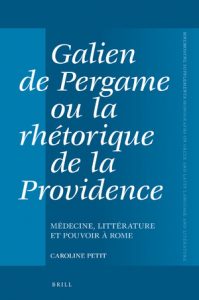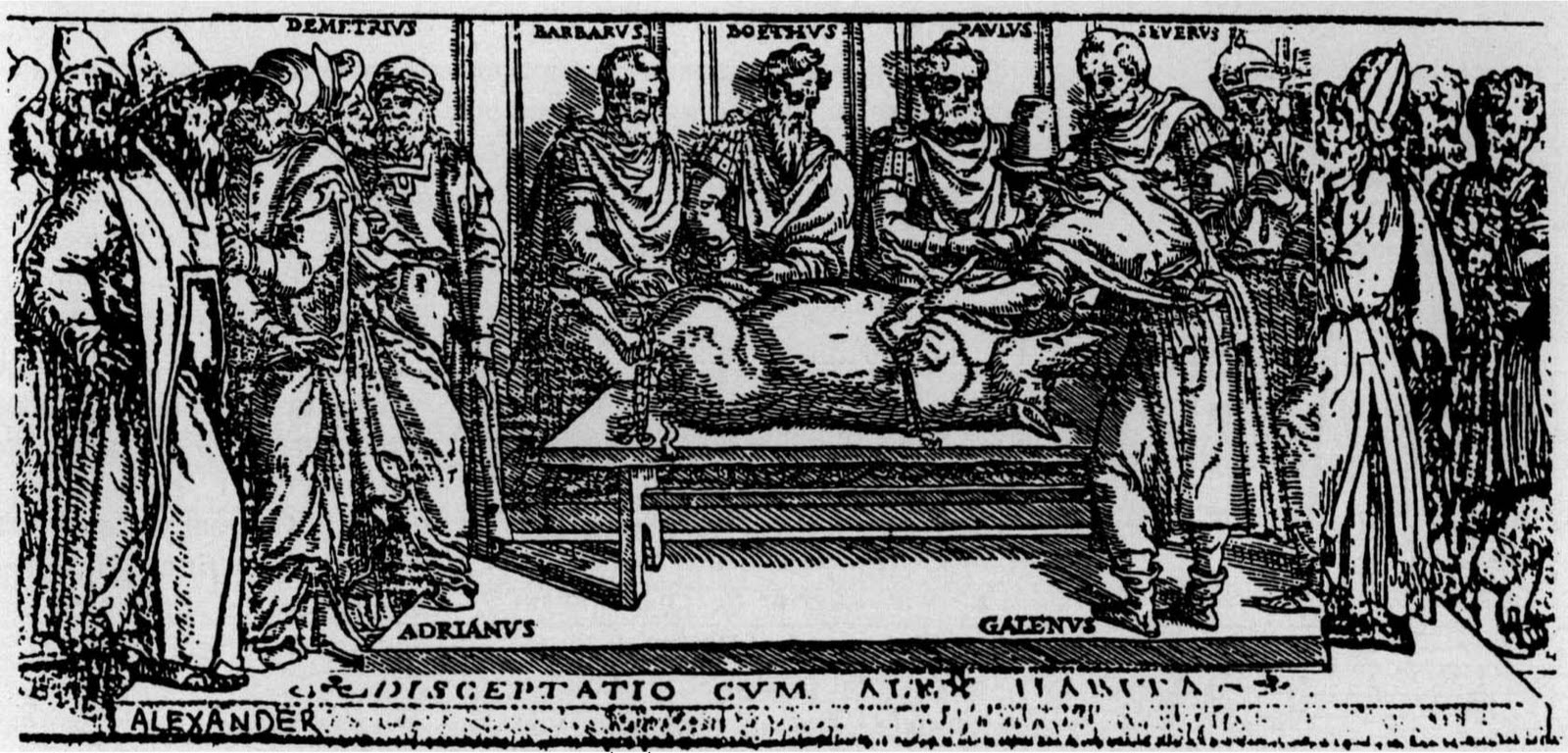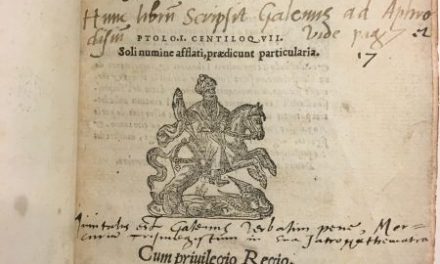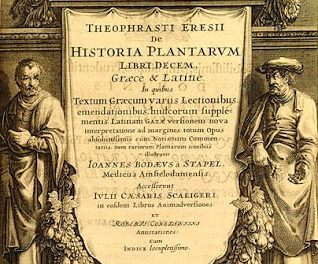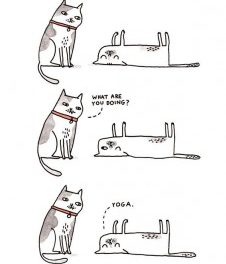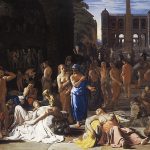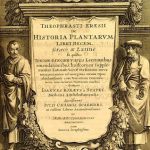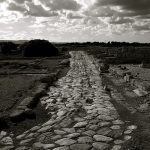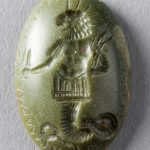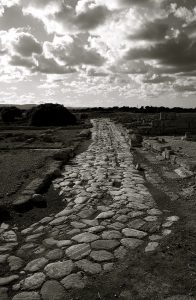
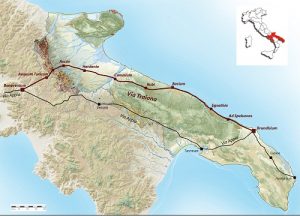
Medical texts have been considered as mere historical ‘sources’ and technical works for too long: most are proper literary works and should be read as such, from Hippocrates to Aretaeus of Cappadocia and the great Galen. Although this is sometimes forgotten, early modern medical literature, for all its sophistication, has deep roots, stretching back to antiquity. Patterns of medical arguments can be found throughout, echoing one another through time in unexpected ways – because some goals of medical discourse, such as proving the efficacy of a remedy, demonstrating the validity of an approach, claiming to have found the true method, and dismissing others’ theses are not confined to a time period. They resurface every so often, and use the enduring resources of classical rhetoric, for example the evocative power of the past. Ancient authorities thus play an anchoring role in developing medical discourse – but history in medical texts is by no means confined to the medical past.
A conscious writer and erudite scholar, Galen was very aware of the power of rhetorical figures, literary allusions and citations, and, of course, of history. His major treatise De methodo medendi (On the therapeutic method, or On the method of healing) is a finely crafted work, in which the refinements of rhetoric are especially perceptible. Among passages that have become famous among students of Galen, the full-blown demolition of Thessalus of Tralles giving the tone of books I and II, various narratives, and a number of thoughtful prefaces were the conventions of literary writing are exposed. One of Galen’s goals in the De methodo medendi is to demonstrate that he has found the correct method of healing, in a life-long and thought-through revision of his model, Hippocrates. Like age-old Roman roads fixed by Trajan, the ways of medicine had to be revised : only one man could do it, Galen. Here is what he says:
It was Hippocrates who first of all wrote these very things that I now intend to go through as indicating the treatment, But, because he was the first to discover them, he neither established the proper order for all of them, nor determined the worth of each of the indicators precisely. And he left out some distinctions between them, and explained the majority without clarity due to the ancient predilection for brevity of speech. (…) In short, it seems to me the whole road to the cures was cut short and certainly requires attention to the end, just as we now see some of the roads of the ancients which have some part that is muddy, or rock-strewn, or full of thorns, or laboriously steep, or with a dangerous incline, or full of wild animals, or impassable due to the great size of the rivers, or long, or rough. The famous Trajan was, of course, the man who repaired all the roads in Italy that were like this, paving over the wet and muddy parts with stones, raising them up with high banks, removing things that were thorny and sharp, and throwing bridges over rivers that were difficult to cross. Where a road was inappropriately long, there he cut another one that was short, just as also, if a road was difficult due to a high ridge, he redirected it through more readily traversible places. If it was infested with wild animals or desolate, he altered it, establishing highways and repairing the rough roads. You shouldn’t be surprised, then, that although I bear witness to Hippocrates’ discovery of the method of medicine, I myself turned my hand to writing this particular treatise. I came to this book, not because the method itself was entirely undiscovered, but because it was lacking in some respects, since I found that none of my predecessors had completed the method. (…) Now I shall do as I already promised – I shall set out in order all the therapeutic indicators.
Galen, De methodo medendi, IX, 8
(tr. Johnston)
An usually visual pause in Galen’s discourse, the analogy with Trajan’s oeuvre sets Galen in a new light: that of a great reformer of, and imperial ruler over the field of medicine. Seeing medicine as a country or a continent to be administered and organised is not common. The careful description of Trajan’s repairs and interventions on the Roman roads talks to his Roman readers, all fully aware of the newly improved infrastructure ; it also evokes Galen’s own craft, using a vocabulary that emphasises practical improvements. A striking image of the imperial physician at work, and of his legacy – an effective, systematic, modern method of healing.
Revisiting Hippocrates became Galen’s trademark: he succeeded so well in persuading audiences of the validity of this method, that for centuries Galen was the main medium through which the moderns read Hippocrates. The ‘Trajan of medicine’ certainly embraced the most useful aspects of the medical tradition to suit his purposes and his idea of the most up-to-date practices; he also managed this revolution through the powers of rhetoric.
More in my new book:
